Okay, first things first - I love funnels.
The wide array of marketing funnels I've developed, built, and used for both my own business and my clients have generated hundreds of thousands dollars (now, likely it's up to a few million!). They have ranged from sales pipelines and launch funnels to full-blown, complex marketing funnels that have been used by some of the biggest names in the Digital Marketing space all the way to the esteemed list of New York Times best sellers.
Obviously, that means they can be incredibly valuable for inbound marketing, and they DO have a use in your strategy...but they are limited.
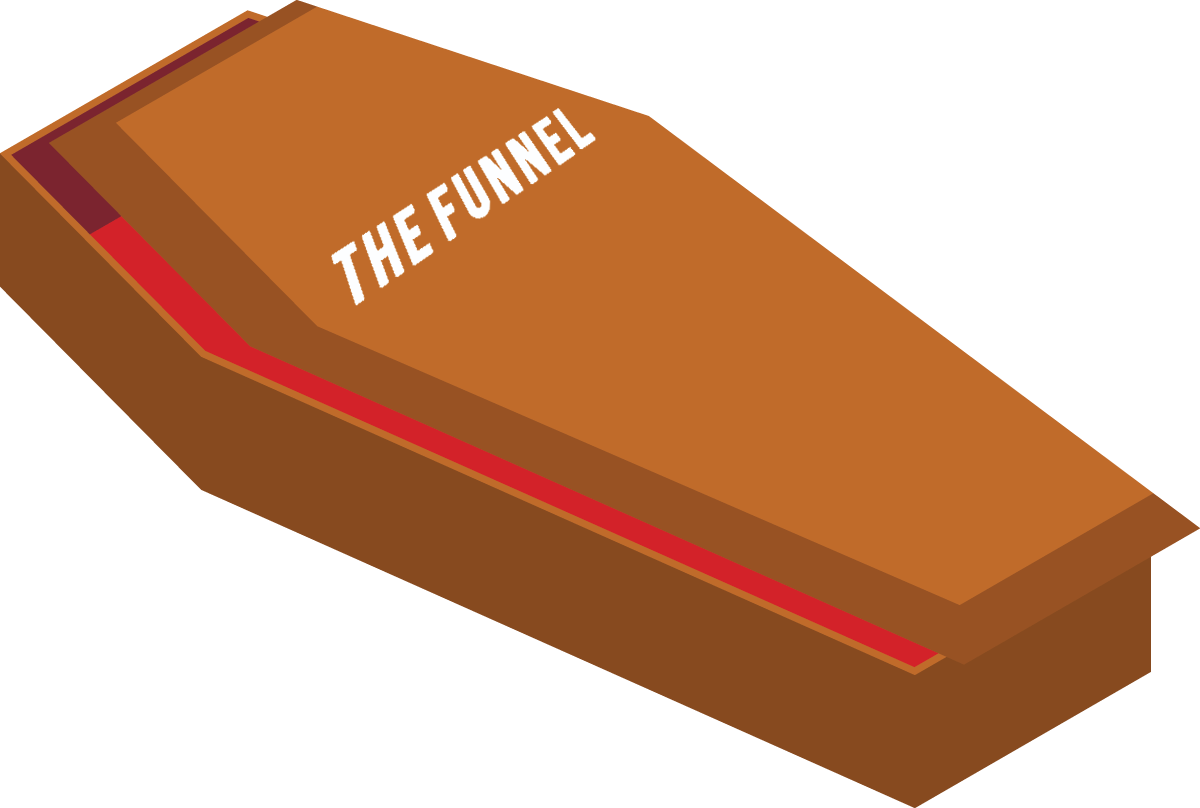
So when I dare say “the funnel is dead,” what I mean is: “The funnel needs help! It is outdated and customers and prospects do not behave according to how the standard funnel has been designed.”
So, what do we do as marketers and business owners? Do we abandon that beloved funnel that we cherished so much?
Not exactly. The funnel is still relevant but in a drastically different way then it ever was before. This is precisely why I want to introduce to you the modern way of marketing using the Marketing R.A.M.P.
In today’s strategic training, I’m going to educate you on what the Marketing R.A.M.P. is, why it works, and how you can start implementing it into your business right now.
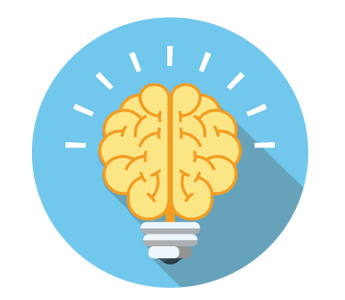
Here’s what you'll be learning today:
Can I be blatantly honest for a quick minute?
I only personally write one blog post a month and this happens to be it. The reason why I only produce one blog article isn't because I don't have the team to crank out content. Actually, my award-winning agency Built By Love is a team of 14 professionals who can easily do this for me.
However, when I put my name to something I want it packed full of value and this is exactly what you are about to get. There's no fluff. It's real, actionable insights and strategies that my team and I use every day.
That being said, this is a bit long of a read. You're going to want to download the PDF guide so you have it to go back anytime as you implement what I am going to teach you, so please make sure to download your guide. (It's free).
You literally have nothing to lose except for the opportunity to close new sales for your business. Plus, it will provide you with everything you’ll need to get started.
Simply enter your details below to get yours instantly.
Claim Your Marketing R.A.M.P. How-To Guide Now
Ignite your sales with a modern marketing approach.
Let's start at the beginning with a short story.
A long time ago someone created what is now considered the go-to strategy for digital marketing. It was revolutionary. You would create a linear funnel based off an expected path that your ideal customer would take before they purchased.
Boy, did it seem amazing!
There were fancy terms like the "Attention/Awareness" stage, the "Interest" stage, the "Desire/Consideration" stage and even an "Action/Conversion" stage. It all seemed to make perfectly good sense. Of course, if they followed this exact path, why wouldn't they then want to buy your product or service?

It worked for a while and then... it didn't (or at least it stopped performing like it was designed to do). But why? What happened?
Perhaps you asked yourself, "Did the funnel break?" Then, you probably ended up in a black hole of doubt questioning everything from your ads, your landing pages, your lead magnets, your offers, your pricing...heck, you may have even fired people over this dilemma.
First and foremost, I get it. I've been there and I understand all of those frustrations and challenges. I have even been on the firing end with clients thinking it was the agency that was under-performing. Like any reputable Marketing Agency CEO and Consultant worth their rate, I dug deep to uncover what was happening industry-wide so I could better understand if it was my strategies that were no longer performing, or whether it was because consumer behavior as a whole had a shifted.
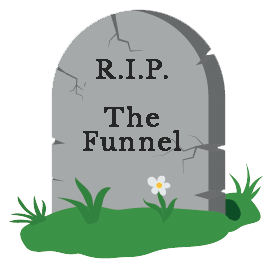
The Funnel As You Know It Is Dead
Here's the quick answer for you: the way consumers behave on their path to purchase has shifted. Consumers have stopped behaving in a linear fashion due to an assortment of reasons, but mainly because their choices and options have exploded. Instant answers, an onslaught of competitor ads, and nearly limitless resources are a few finger taps away on a mobile device.
We as sellers are no longer in the driver's seat and what has come from this revolution is that the path to purchase is no longer a straight line. If you don't adjust the way you market and sell, your business will not survive.
We as sellers are no longer in the driver's seat and what has come from this revolution is that the path to purchase is no longer a straight line. If you don't adjust the way you market and sell, your business will not survive.
The path to purchase is a complex, convoluted wave of back and forth research, site visits, stage jumping, social opinion, and value alignment with the brand that ultimately drives the purchase decision. It kinda makes you wish you were back in the good ol' days when purchase options were limited and the customer was buying based on features and brand recognition as the primary deciding factors.
Until they invent a time machine, we all need to update our strategies and the first part to this is understanding why the funnel no longer works for you.
Let's get to it, shall we?
As you likely already know, the old way of building a funnel consisted of this strategy:
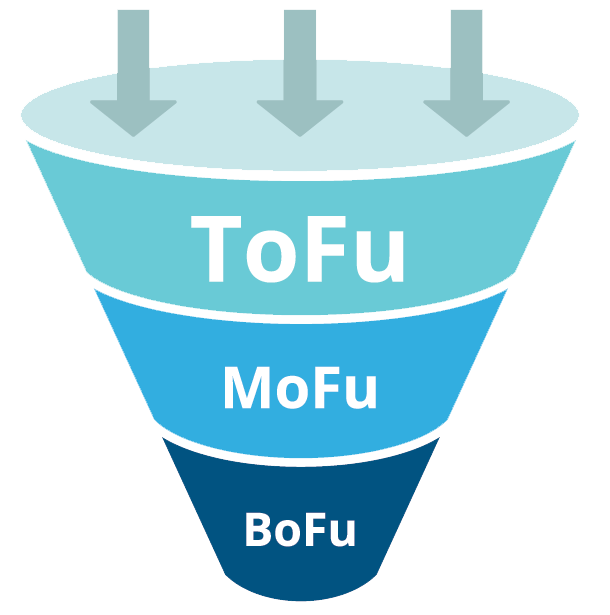
Typically, prospects start at the Top of the Funnel (TOFU) with some free, valuable content that attracts and pulls them in. Then, hopefully they get more valuable content with middle-of-funnel (MOFU) nurturing and additional offers as they make their way to the bottom of the funnel (BOFU) where they purchase.
Success! The deal has been closed!
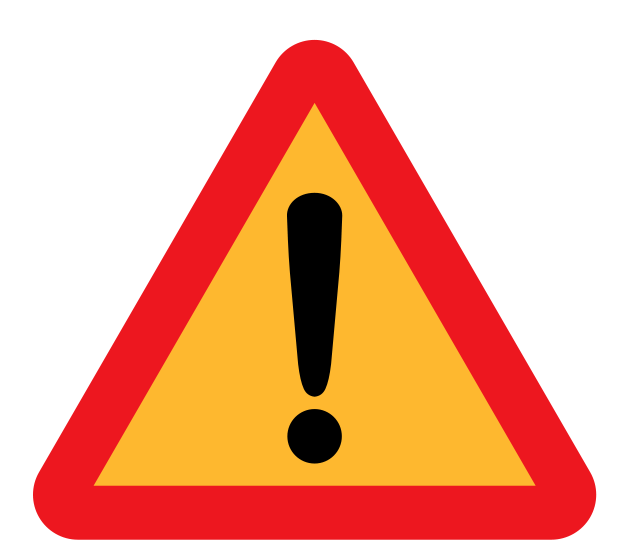
Errr... actually your sales numbers likely say otherwise.
That's because consumers are not following this linear path any longer. They jump forward and back and move vertically up and down in the path to purchase. This is where the standard funnel breaks. It was never designed for dynamic movement of a prospect bouncing in and out of stages!

Typically what happens in this situation is that your prospects and customers receive marketing and sales offers that are not in sync with where they are in the path to purchase. So, if your messaging and offers are not in line with their current mindset and actions, you'll likely lose the sale.
And, if you're noticing that it's increasingly difficult to close new customers, this just might be the problem. So, let's introduce you to your solution!
Embrace The Marketing R.A.M.P.
Okay, so that brings us to the R.A.M.P. (Responsive Automated Marketing Plan), whose methodology is intended to pick up where the traditional funnel leaves off — namely, focusing on engagement and enabling customers to move in and out of stages dynamically.
The R.A.M.P. is designed to address the new behavior consumers take before purchase. As I stated earlier, consumers move back and forth between stages and jump around along their buying journey.
Your marketing automation must be intelligent enough to identify what they are doing and where they are so the right messaging and offers can be sent at the right time.
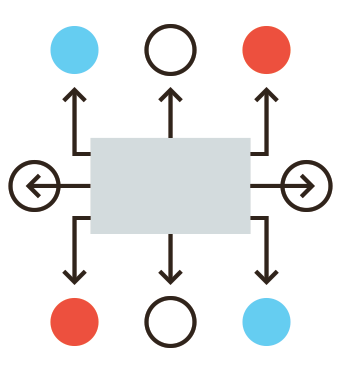

Instead of letting your customers and prospects get stuck in the wrong funnel, or worse yet, fall into a no man's land of crickets and tumbleweeds, you can use the R.A.M.P. to maintain momentum and continue driving value, trust, and alignment so you can close more sales and grow your business.
Okay, now you may be wondering...HOW?
Picture this — at the center of the R.A.M.P. are your customers, and the center is surrounded by every single stage of the customer life cycle for your product or service.
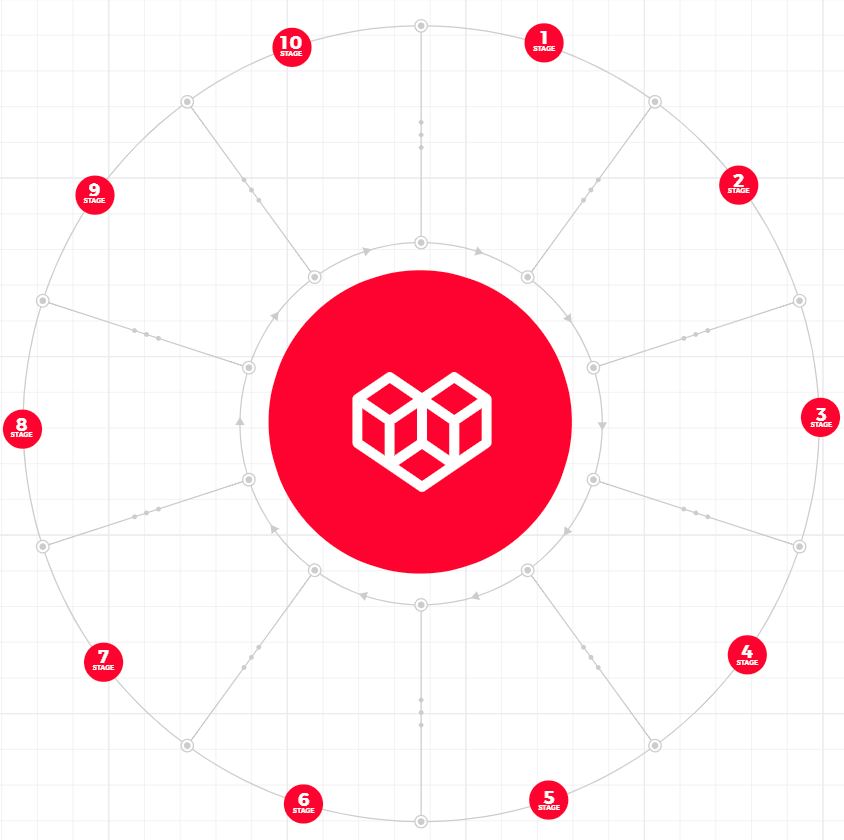

Below I am going to list a generic set of stages that should apply to all or some of the stages your customers and prospects move through along their purchase path with your brand.
Use this example to think about how you would define each of the stages in your R.A.M.P.
- Your first stage may be a new lead. Someone who has entered into your world by opting-in (such as completing a web form or downloading a lead magnet).
- Your second stage may be a qualifying stage to see if you can actually do business with them. This may be something like a qualifier to see if they are within your geographic service area or if you can actually solve their problem.
- Your third stage may be something focused on prospects who are now qualified -- these are the people you know you can serve and sell too.
- Your fourth stage may include an action you wish them to take at the beginning of the sales process...for example, this could be scheduling a free consult.
- Your fifth stage might be sending the prospect a proposal.
- Your sixth stage could be their receipt, review, and consideration of the proposal.
- Your seventh stage might be the decision stage where they choose to buy or don't buy.
- Your eighth stage may be the delivery of the service, aka fulfillment.
- Your ninth stage could be customer delight and referral of your company to their friends and peers.
- And your tenth stage might be driving them to their next purchase.
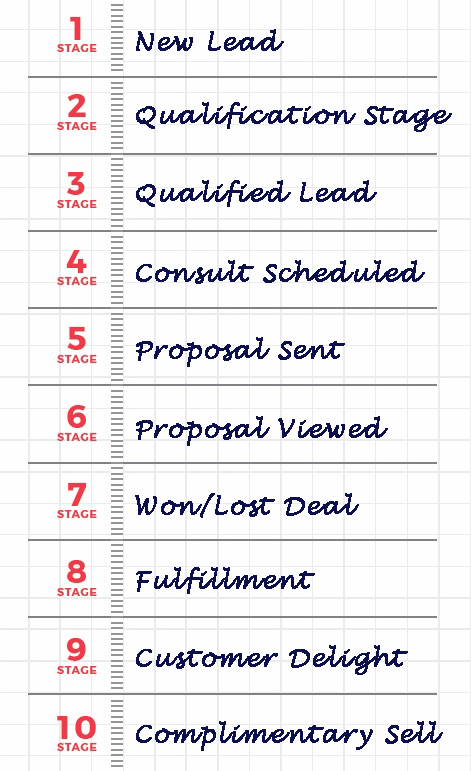

Now that you have an idea of what your stages should look like for the R.A.M.P., we R.A.M.P. operates, which, of course, is different than how a typical funnel functions.
And hopefully you've downloaded your free Marketing R.A.M.P. guide already. If not, you'll want to make sure to do that now. Trust me, you'll want this resource in your arsenal as you update your marketing strategy using this approach!
Claim Your Marketing R.A.M.P. How-To Guide
Ignite your sales with a modern marketing approach.
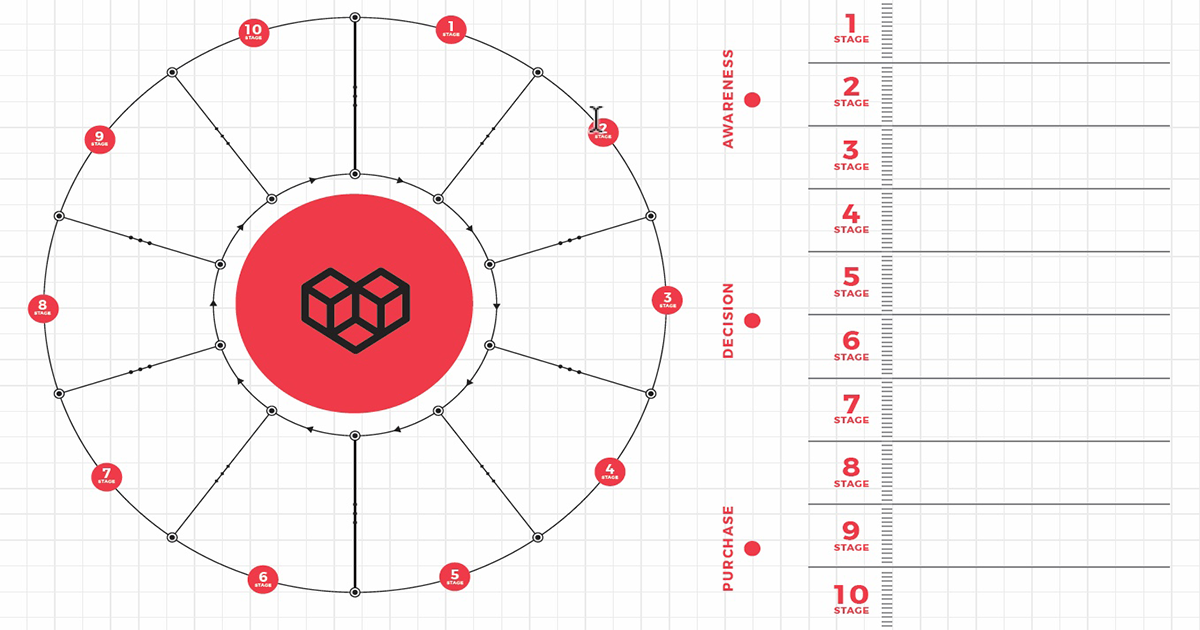



How to Use The R.A.M.P.
In order to design your R.A.M.P. you'll need to understand a few key elements for how your prospects and customers move through each stage.


The first step in the R.A.M.P. approach is you'll need to know how long the person should "live" in each of your stages.
This is what I call the Ideal Duration, which is the ideal time it will take this person to move through the stage (moving through the stage means entering the stage and then successfully exiting the stage).
Each company has a different Ideal Duration for each stage in their R.A.M.P. There is no hard and fast rule for this number -- it must reflect what works for you. If you need help with this, schedule a free consult with one of our Client Success Managers and we can help you figure it out, and even build a R.A.M.P. for you.


The second element you need to determine is the Max Duration for each stage.
This is the maximum time someone should spend in this stage. Again, there is no wrong number and every business will have a different number.
Let me give you an example for both Ideal Duration and Max Duration to make them crystal clear.


Let's say you own a restaurant.
You would have a stage where the customer greets the hostess and is waiting to be seated. You likely would have an ideal duration that they should wait no more than 1 minute before they are greeted. The max duration would be 3 minutes before either the customer leaves or seats his or her self. It would not make sense to have that person in this stage for 14 days. Sounds silly, right? No one would wait that long to be seated!
This is exactly how I want you to think about your Ideal Duration and Max Duration for each of your stages. Obviously, we are dealing with digital marketing so your stages will be typically measured in days, not minutes, but hopefully you've understood my point.
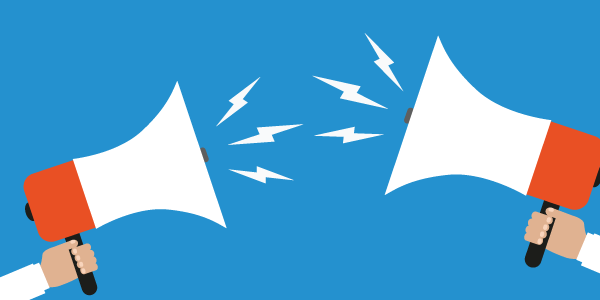

Next, we need to examine the communication element.
What communications should they receive as they move through each stage? You'll want to identify what types of messaging they will get, as well as the cadence of those messages. Cadence is the the timing of each communication (such as one email every 3 days).
Let's explore another simple example to highlight this.


Say you own a car dealership. Someone has come in to test drive a new automobile. Turns out, they like the car but say they need to go home and talk with their significant other to discuss finances, etc.
You already have a stage for this type of customer called Decision Pending.
You know for this stage:
- The Ideal Duration is 5 days
- The Max Duration is 10 days
You understand the things that are important to them at this stage are:
- Vehicle performance rating
- Financing options
- The warranty
- Customer testimonials
- Scheduled maintenance needs
- Vehicle features
Here's what your R.A.M.P. stage might look like based on your Ideal and Max Duration as well as your customers' interests.
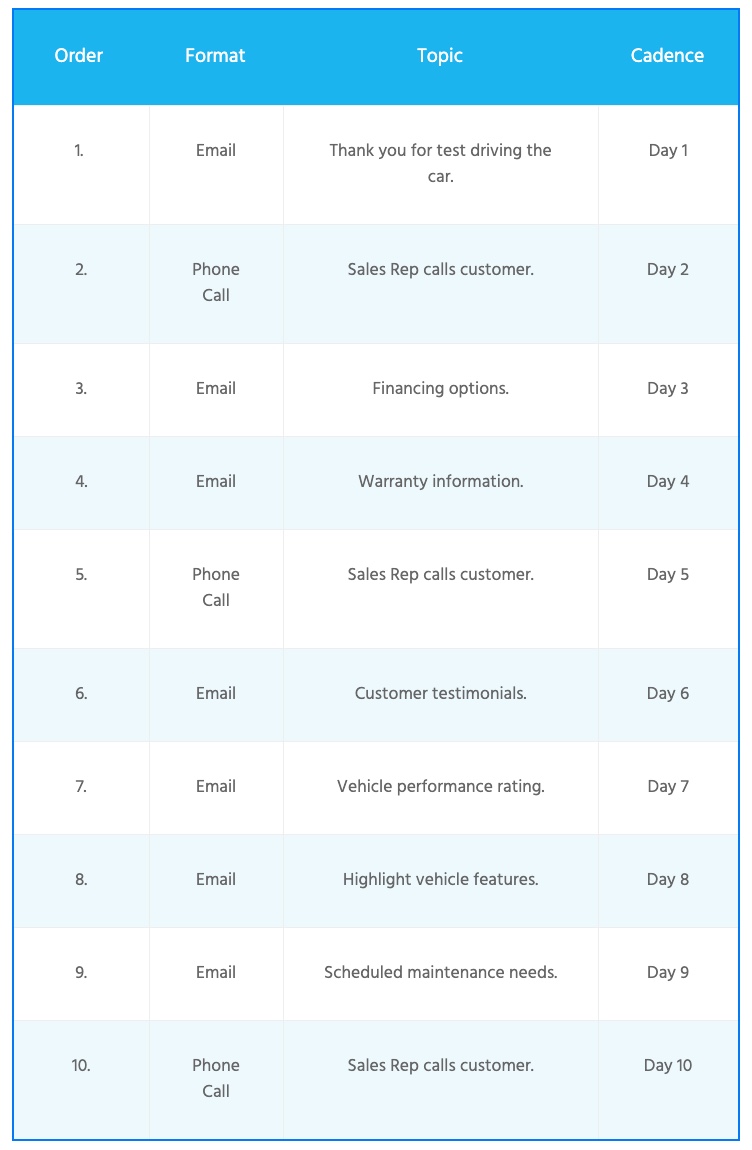

And with that, we have just masterfully created a micro-funnel that resides within our Marketing R.A.M.P.


The next step in the R.A.M.P. design is to identify the assets needed for each stage.
Using the car dealership example from above, we can quickly identify that we'll want the following assets to accompany the emails we send. Those assets might look like this:


We are officially rockin' n' rollin' and getting close to the completion of one of our stages!
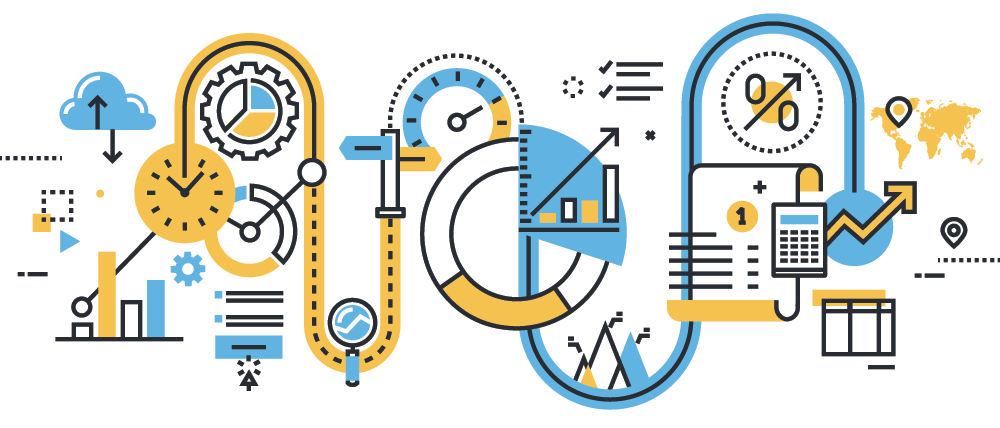

Next, we will need to identify the triggers that start and stop this stage's automation.
Again, using the car dealership as our example, we know this stage starts once the prospect has taken a vehicle for a test drive. This is our Starting Trigger. We would then train our sales reps to update the customer record in our CRM to indicate that the person has driven the vehicle. That action triggers this stage and launches our automation.
Just as we have a Starting Trigger, we must also have a trigger that completes this stage. The Completion Trigger will be what automatically stops any additional communications being sent from this stage.


Bonus: The Completion Trigger can also be the Starting Trigger for the next stage.
We have officially completed one of our R.A.M.P. stages!
Before we talk about metrics and reporting, let's do a very quick recap on some of the most important details for you to understand.
Claim Your Marketing R.A.M.P. How-To Guide
Ignite your sales with a modern marketing approach.




Marketing R.A.M.P. Stage Recap
- The R.A.M.P. consists of micro-funnels designed for each stage of the customer's journey within your brand. Rather than one big funnel where we keep trying to push an offer down a linear path, we design smaller funnels that are highly targeted to deliver specific value based on where they are in our world.
- The R.A.M.P. is designed to be dynamic because our customers and prospects may enter, exit, and re-enter stages multiple times. We understand the path to purchase is not a straight, clean line and our marketing is designed to reflect current buying behaviors.
- We have designed each stage to deliver the most important value during the most critical times in each stage which is based on the Ideal Duration.
- Because we know both our Ideal and Max Duration as well as what the prospect or customer will need at each stage, we can identify what assets are needed and the format of those assets (e.g.: video, PDF, testimonial).
- After the Ideal Duration has ended, we have more value and touchpoints that we'll deliver up until we hit the Max Duration. These pieces of content and assets will still be valuable but not as valuable as the ones we inserted into our Ideal Duration. This is because we can safely assume the probability of purchase for this prospect has diminished since they have now passed the Ideal Duration.
- The Max Duration is when we automatically move this person out of the stage. It does not make sense to keep bombarding him or her with communications at this stage if they have moved past our Max Duration. This would be a bad customer experience and likely damage our rapport with this person.
Hopefully, this is all making a great deal of sense to you. We can now cover the last part which is pretty amazing.
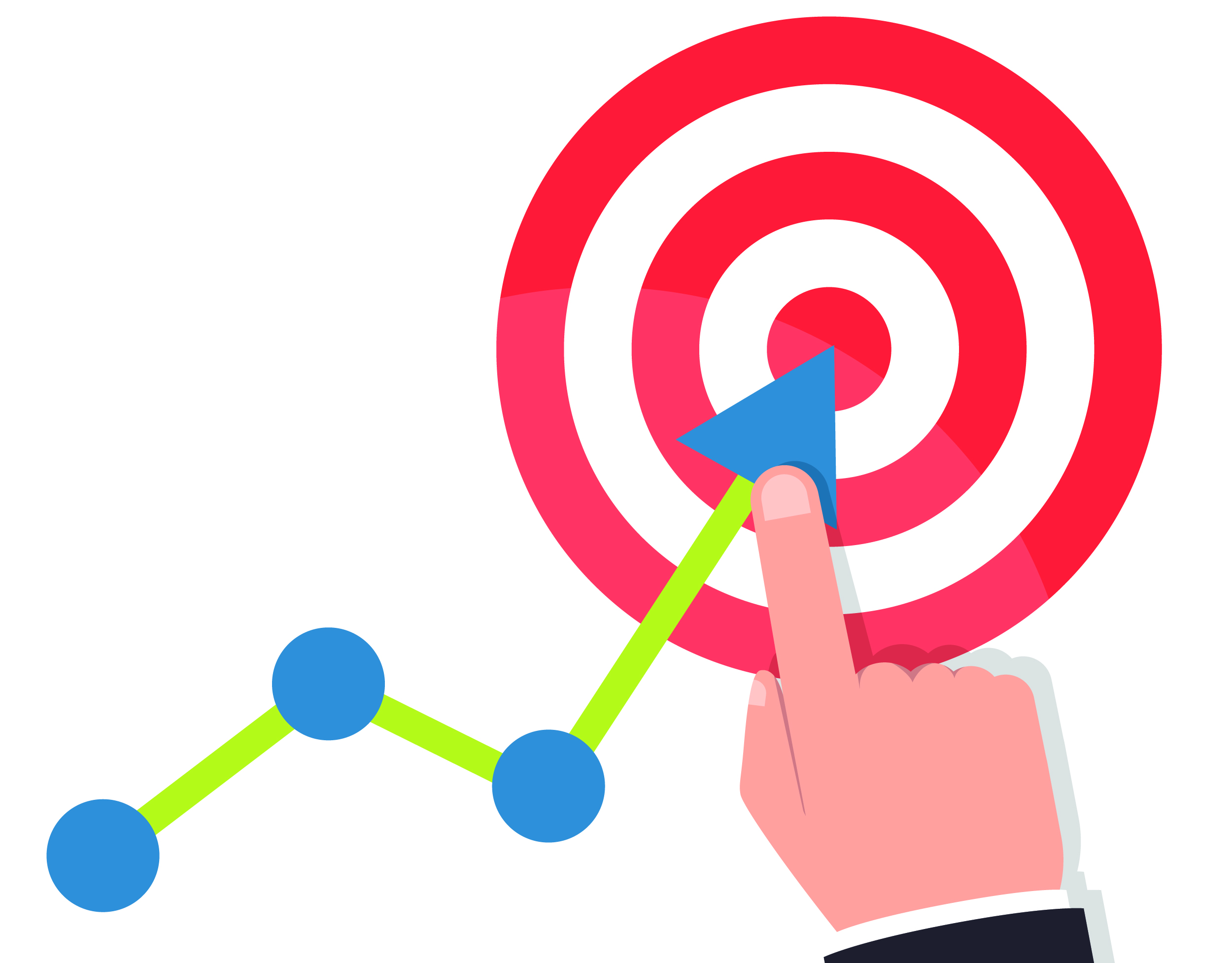

R.A.M.P. Metrics and Reporting
One of the amazing things you'll get from having a Marketing R.A.M.P. is that your reporting is going to be laser sharp.
- You'll be able to know how many people are in each stage at any given point in time.
- You'll also be able to identify stages that perform well versus other stages that are under-performing.
- Additionally, you'll be able to see the true path to purchase as some of your prospects may completely skip steps and jump right to purchase. That gives you ammo to tweak that funnel and add in an offer or incentive to purchase.
- Finally, you'll be able to easily identify where prospects are getting stuck because you will have the Ideal Duration and Max Duration timelines. Knowing this empowers you to quickly revamp stages that are failing to deliver stage completion within the Ideal Duration.
- Bonus: If you are a larger organization with multiple team members, this creates an open dialogue between sales and marketing so you can quickly see where the problem lies on a departmental level.
A Marketing R.A.M.P. is not a small undertaking. It requires a lot of work, clear strategy, and a team of professionals who can deliver powerful copy, assets, stage cadences, and relevant offers.
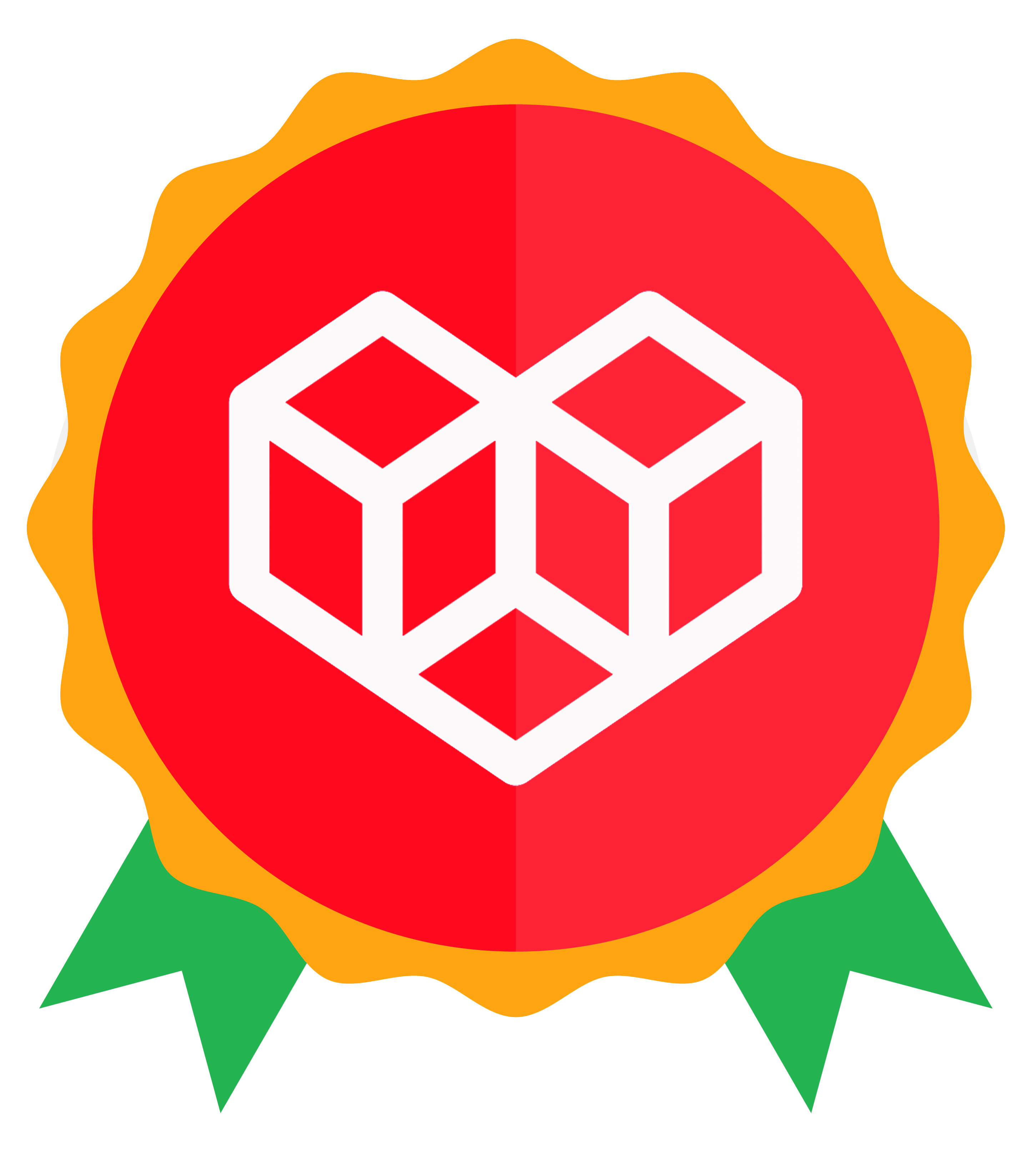

You might be feeling overwhelmed after reading this (and rightfully so)! That's why I'd like to invite you to schedule your free strategic consult and talk with one of our Client Success Managers to see how we might help you. We can design your Marketing R.A.M.P. for you and you can then build it yourself, or we can do all the work for you.
My agency, Built By Love, is an award-winning agency that offers a complete list of services to address all of your marketing needs. Schedule a free call with us today and experience marketing made simple.
Before you go, don't forget to get free access to your Marketing R.A.M.P. Guide below (along with access to a number of other How-To resources).
Claim Your Marketing R.A.M.P. How-To Guide Now
Ignite your sales with a modern marketing approach.
If you are a business owner that is serious about growing his or her business, then I would like to personally invite you to schedule a free strategic consult with my agency.
We'll discuss your road map to success and how we can add value to your company by creating and implementing intelligently designed marketing strategies, video, graphics, and copy writing into your business. Click here to schedule your free consult.


Daniel Bussius is an award-winning Infusionsoft Certified Partner who is a highly sought after Marketing Agency CEO and Professional Consultant, Daniel and his agency, Built By Love, work with celebrities, New York Times best-selling authors, Fortune 500 companies, and over 1,000 small business owners from around the world.






Daniel is the world's only dual-certified StoryBrand Agency and Infusionsoft Certified Partner. His agency holds a long list of certifications and hires top talent that has one primary goal: to make clients achieve their wildest dreams.
















